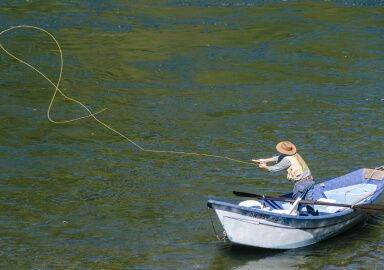Pink Snapper
Explore the Pink Snapper: a vibrant, sought-after sportfish that graces Australia and New Zealand's coastal depths with its shimmering presence.
View 2 listings
2
listings
–
price starting from
2
countries
Where and When?
There appear to be two disjunct populations of pink snapper - the northern one extending from the Philippines up to Japan and the southern one around much of Australia and New Zealand. This species can be found in brackish waters in estuaries, bays and harbours, as well as the open ocean. Juveniles are usually found inshore and slowly move offshore as they grow. Many individuals seem to prefer rocky areas and reefs, but the species is also sometimes found over muddy or sandy bottoms. Adult fish are found in waters of 10-200 m. (32-656 ft.) deep but, in many areas, there are marked seasonal movements and the species can be absent from localities for large parts of the year. In New Zealand, where the species is most common in the northern areas, there are particularly marked annual migrations. The species feeds mostly during the day but the best times for fishing are suggested to be mornings and evenings. As long as the species has not migrated from an area, pink snappers may be caught throughout the year.
About Pink Snapper
Pink snappers (Chrysophrys auratus), also known regionally as silver snappers, Australasian snappers or red bream, are important recreational fishing species where they are found. It has a fairly typical snapper look, but with a strongly sloping “forehead”, smallish eyes and a mouth below the head at the front of the fish. The mouth is armed with strong “crushing” teeth to eat the urchins, crabs, starfish and the other benthic invertebrates that it usually eats. As the name implies, pink snapper are pink or reddish on the upper portions of their bodies blending down their flanks to shiny silver undersides.
Pink snapper have been reported to live to over 40 years and one known individual reached 54 years. They grow at different rates in various localities, but the maximum known is 130 cm. (51 in.) and 20 kg. (44 lbs.). They mature at about 30 cm. (12 in.) and can spawn multiple times per year. Some specimens change from males to females with age, but not all. In some areas pink snapper undergo clear and well known spawning migrations and spawning usually takes place in water less than 50 m. (164 ft) deep. While normally a fairly solitary species they can form large shoals at spawning time.
How to Catch?
This popular sport-angling species can be caught from piers, jetties and rocky outcrops, but most fishing is carried out from smallish boats, either privately owned or fishing charters. As a mostly bottom feeding and invertebrate eating fish, pink snapper are difficult to target on fly, but both spinning-offers and bait fishing can be successful. With shore fishing, bait is best as it is difficult, when spinning, to reach fish close to the substrate. The best baits are reported to be squid, octopus, pilchard and whiting.
From boats, bait fishing can work well, but many sport anglers prefer more active “jerk-baiting” or active jigging-offers. It is best to drop your bait, or lure, to the bottom and then “work it” slowly up and down a short distance above the substrate. Pink snapper are popular as they can grow large, can be fairly abundant and are not reluctant to bite if the right bait or lure is used and are thus relatively easy to catch. They are also reported to be very pleasant to eat.
Similar Species
 Black Snapper
3 offers
Black Snapper
3 offers
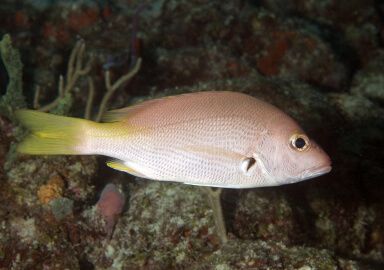 Blackfin Snapper
2 offers
Blackfin Snapper
2 offers
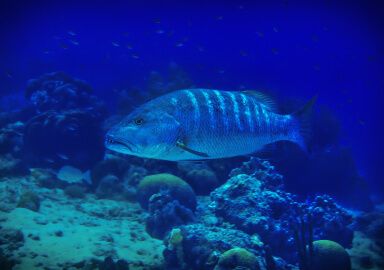 Cubera Snapper
30 offers
Cubera Snapper
30 offers
 Gray Snapper
5 offers
Gray Snapper
5 offers
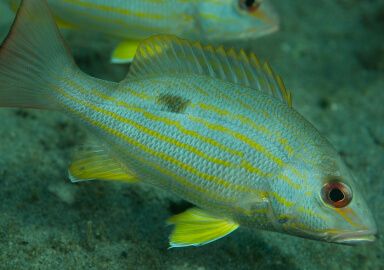 Lane Snapper
14 offers
Lane Snapper
14 offers
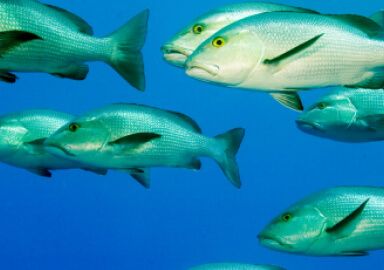 Mangrove Snapper
42 offers
Mangrove Snapper
42 offers
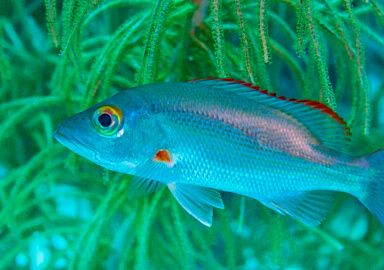 Mohogany Snapper
1 offer
Mohogany Snapper
1 offer
 Mullet Snapper
6 offers
Mullet Snapper
6 offers
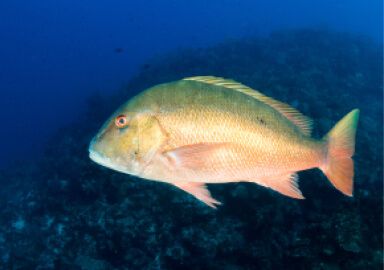 Mutton Snapper
22 offers
Mutton Snapper
22 offers
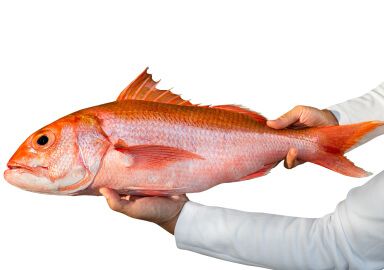 Queen Snapper
6 offers
Queen Snapper
6 offers
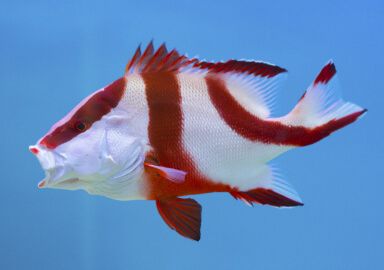 Red Emperor Snapper
7 offers
Red Emperor Snapper
7 offers
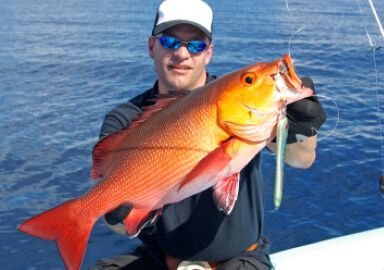 Red Snapper
99 offers
Red Snapper
99 offers
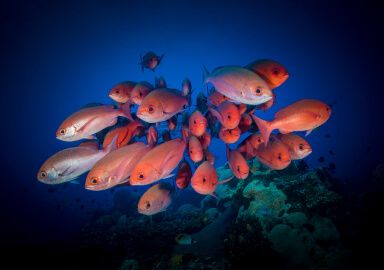 Short-Tail Red Snapper
1 offer
Short-Tail Red Snapper
1 offer
 Silk Snapper
3 offers
Silk Snapper
3 offers
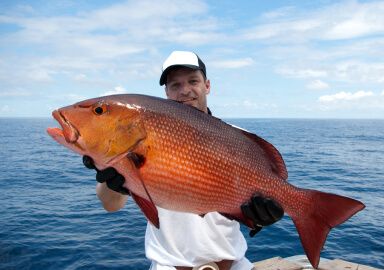 Snapper
275 offers
Snapper
275 offers
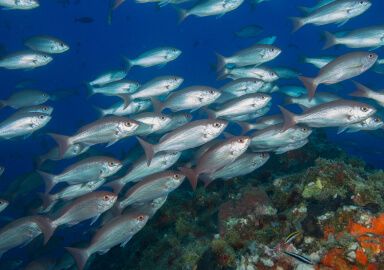 Vermilion Snapper
13 offers
Vermilion Snapper
13 offers
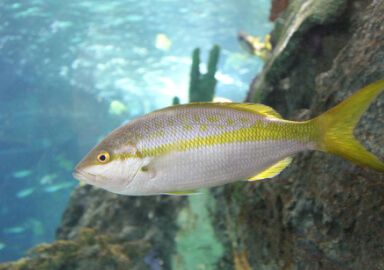 Yellowtail Snapper
24 offers
Yellowtail Snapper
24 offers




